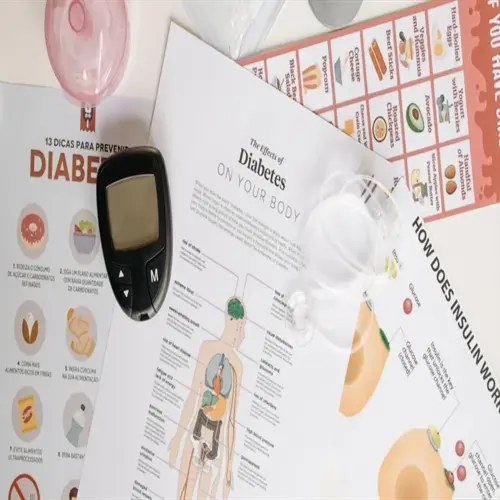Why do lead warnings appear on some bone broths?

Written by
Tran Quang
Reviewed by
Prof. Benjamin Murphy, Ph.D.Lead warnings are required on bone broth products because bones naturally sequester environmental contaminants during an animal's life. Industrial pollution deposits heavy metals, such as lead, into the soil and water. Grazing animals absorb these toxins into their systems, concentrating them in their bones and tissues. These metals leach out into the broth during prolonged simmering, thus creating a health risk.
Environmental Exposure
- Industrial areas have higher soil lead concentrations
- Animals grazing near highways absorb vehicle emissions
Bone Type Variation
- Beef bones show higher lead retention than poultry
- Fish bones concentrate mercury from polluted waters
Preparation Methods
- Simmering beyond 24 hours increases metal leaching
- Acidic ingredients like vinegar accelerate extraction
Regulatory mandates compel warnings. California's Prop 65 mandates disclosure when there are detectable levels of lead in the product. Quality companies conduct third-party testing. Check for labeling. I always look for NSF or USP certification seals on products. This indicates that strong safety standards were used in their production.
!!Broth made at home greatly reduces dangers. Use bones from organic grass-fed farms that you can trust. Simmer about 12-18 hours at most. Avoid acidic foods if you have concerns. I do test my well water as it affects the safety of the broth as well. These precautions reduce the exposure while keeping the benefits of bone broth.
Safety of consumption is rooted in moderation. The FDA has established a daily intake limit of 2.2 mcg for children. A cupful of quality broth would have approximately 1-3mcg. A healthy adult can safely consume between 1 and 2 cups of milk daily. I vary the types of bones used, as I use poultry for broth more often than beef. This would also tend to lower the cumulative exposure to lead.
Transparency is crucial when buying. Look for brands that openly share test results. Avoid purchasing products without clear information about their sourcing. Watch for current certification dates. Also, remember that warnings indicate responsible practices, rather than excessive levels. Educated choices can effectively protect your health.
Read the full article: Bone Broth Benefits: What You Need to Know

